Chalk Hill Estate Red 2010
-
Robert
Parker




Product Details
Your Rating
Somm Note
Winemaker Notes
Blend: 43% Cabernet Sauvignon, 19% Merlot, 15% Malbec, 12% Petit Verdot, 10% Syrah, 1% Carmenere
Professional Ratings
-
Robert Parker's Wine Advocate
The 2010 Proprietary Red Estate (43% Cabernet Sauvignon, 19% Merlot, 15% Malbec, 12% Petit Verdot, 10% Syrah and 1% Carmenere) is something to be endorsed as the wine world tries to move from a varietal-conscious, mono-cepage philosophy to where the best wines will tend to be blends, even if they are dominated by one grape or another. Chalk Hill's 2010 Red Estate exhibits an inky/purple color followed by aromas of black olives, cassis and toast. Rich, full-bodied and expressive, it is built for the long haul rather than for current drinkability. A beautiful texture, full-bodied mouthfeel, terrific purity and a long finish suggest it will be significantly more complex and softer in 5-10 years, and last for 20-25+ years.
Other Vintages
2021-
James
Suckling
-
Wine
Enthusiast -
James
Suckling -
Jeb
Dunnuck
-
Tasting
Panel -
Robert
Parker -
Wine
Spectator
-
Wine &
Spirits -
Robert
Parker
-
Tasting
Panel -
Robert
Parker -
Wine
Spectator -
Wine
Enthusiast
-
Robert
Parker -
Wine
Enthusiast
-
Wilfred
Wong -
Robert
Parker -
Wine
Enthusiast -
Wine &
Spirits -
Wine
Spectator
-
Robert
Parker -
Wine
Enthusiast
-
Wine
Enthusiast
-
Robert
Parker
-
Wine
Spectator -
Tasting
Panel
-
Robert
Parker
-
Robert
Parker -
Wine
Enthusiast -
Wine
Spectator
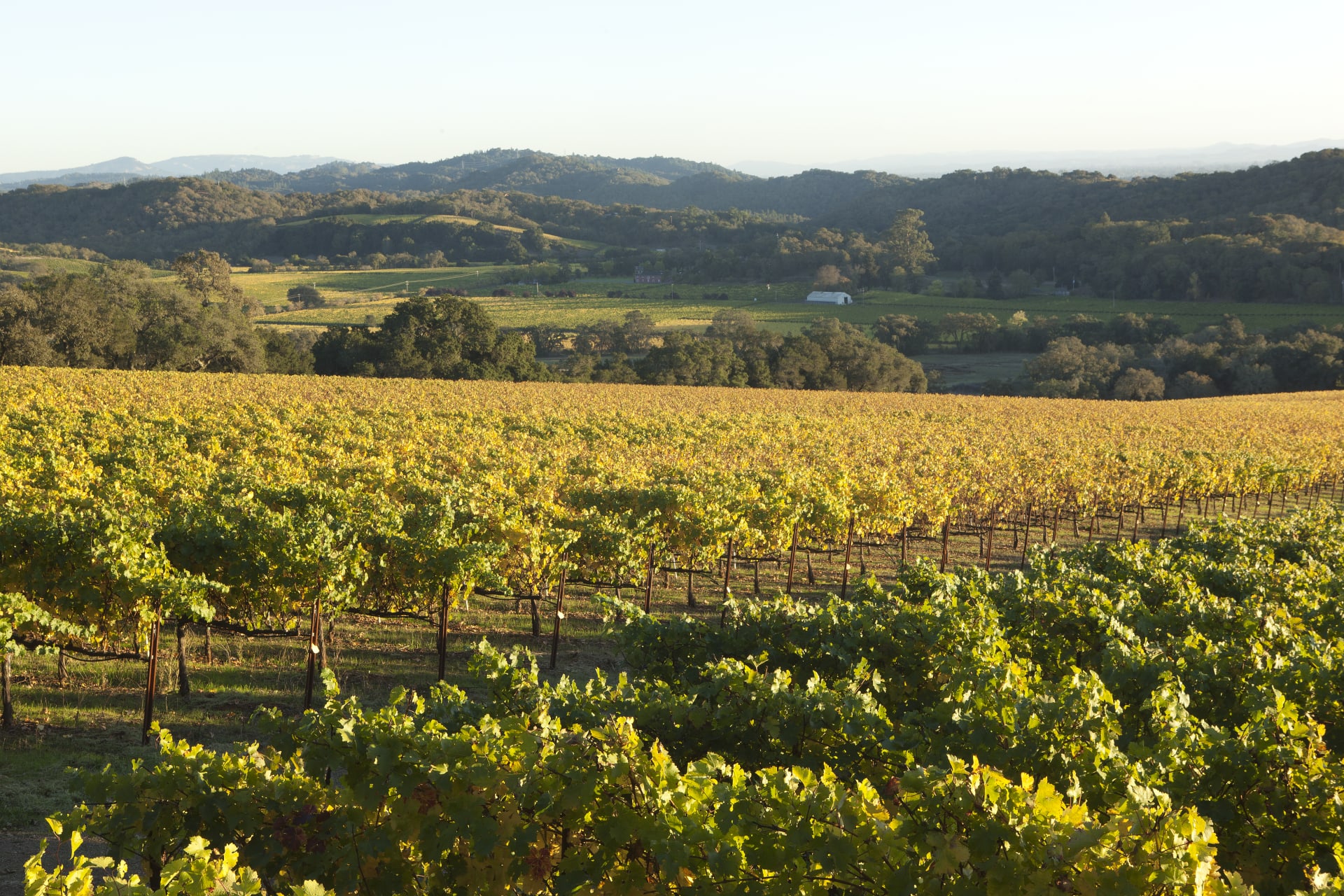
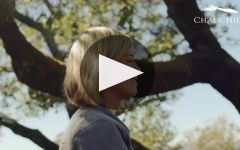



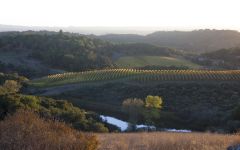
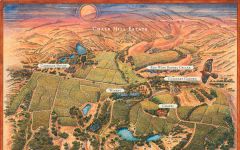


Perhaps no other winery captures the casual luxury of Sonoma County better than Chalk Hill Estate. Founded nearly four decades ago, this spectacular 1300-acre property features 300 acres of vineyards, wilderness areas, winery, hospitality center, culinary garden, residence, stables, equestrian pavilion, sports fields, fishing and swimming ponds, and guest houses.
The winery's vineyards are thoughtfully woven through the native foliage and contoured to fit the intricate terrain. More than two-thirds of the Chalk Hill Estate remains uncultivated. The higher elevations offer stunning views of the Russian River Valley to the west and the Mayacamas Mountains to the east.

With hundreds of red grape varieties to choose from, winemakers have the freedom to create a virtually endless assortment of blended red wines. In many European regions, strict laws are in place determining the set of varieties that may be used, but in the New World, experimentation is permitted and encouraged resulting in a wide variety of red wine styles. Blending can be utilized to enhance balance or create complexity, lending different layers of flavors and aromas. For example, a red wine blend variety that creates a fruity and full-bodied wine would do well combined with one that is naturally high in acidity and tannins. Sometimes small amounts of a particular variety are added to boost color or aromatics. Blending can take place before or after fermentation, with the latter, more popular option giving more control to the winemaker over the final qualities of the wine.
How to Serve Red Wine
A common piece of advice is to serve red wine at “room temperature,” but this suggestion is imprecise. After all, room temperature in January is likely to be quite different than in August, even considering the possible effect of central heating and air conditioning systems. The proper temperature to aim for is 55° F to 60° F for lighter-bodied reds and 60° F to 65° F for fuller-bodied wines.
How Long Does Red Wine Last?
Once opened and re-corked, a bottle stored in a cool, dark environment (like your fridge) will stay fresh and nicely drinkable for a day or two. There are products available that can extend that period by a couple of days. As for unopened bottles, optimal storage means keeping them on their sides in a moderately humid environment at about 57° F. Red wines stored in this manner will stay good – and possibly improve – for anywhere from one year to multiple decades. Assessing how long to hold on to a bottle is a complicated science. If you are planning long-term storage of your reds, seek the advice of a wine professional.
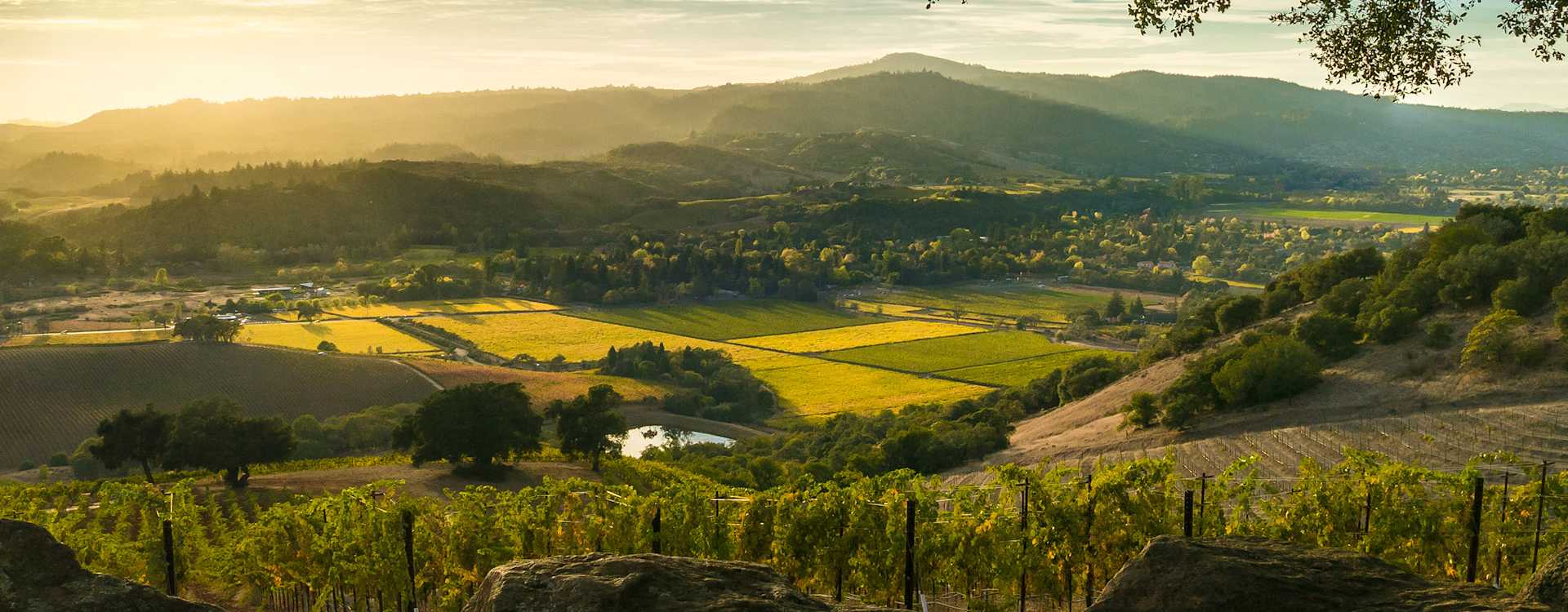
A Sonoma sub-appellation whose boundaries cover the northeastern corner of the Russian River Valley AVA, the Chalk Hill growing area is named after its unique chalky and white, volcanic ash soils. This terrain has proven successful with white varieties, namely Chardonnay and Sauvignon blanc.
